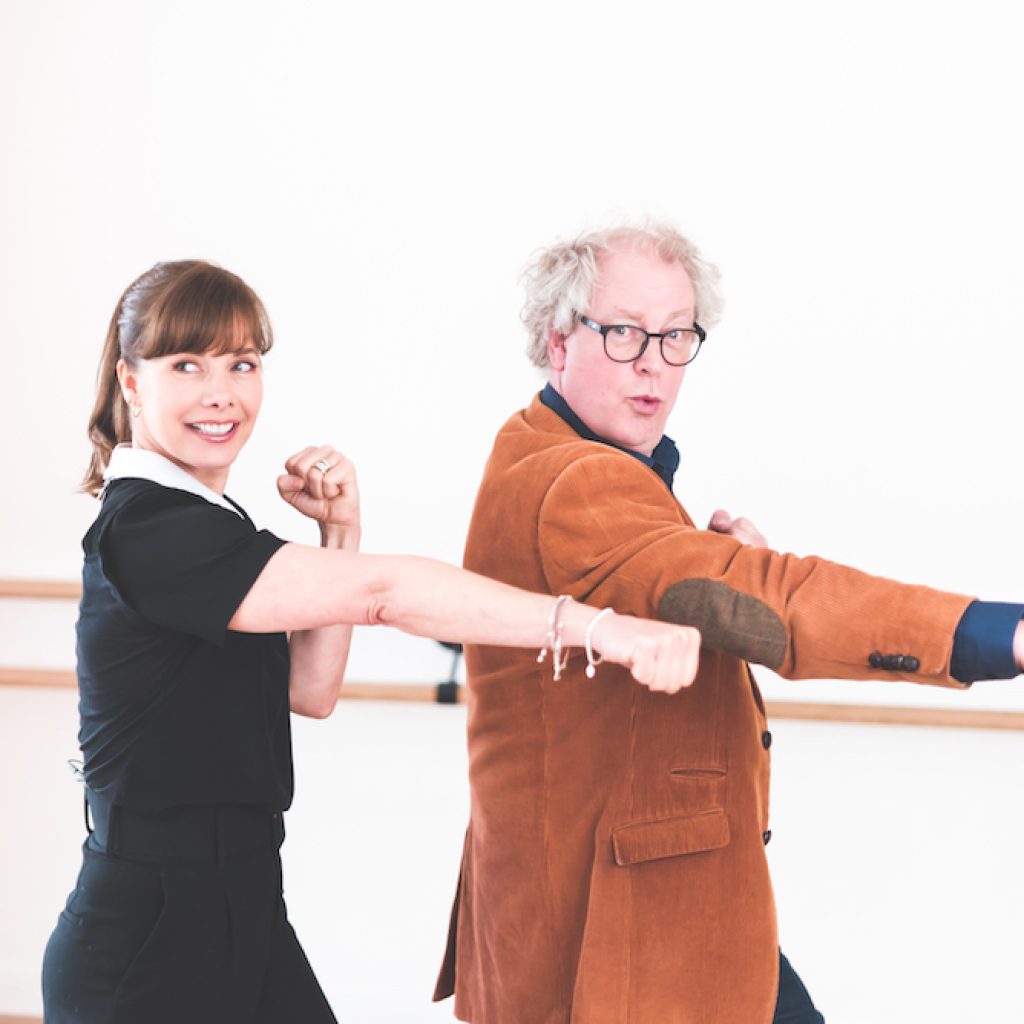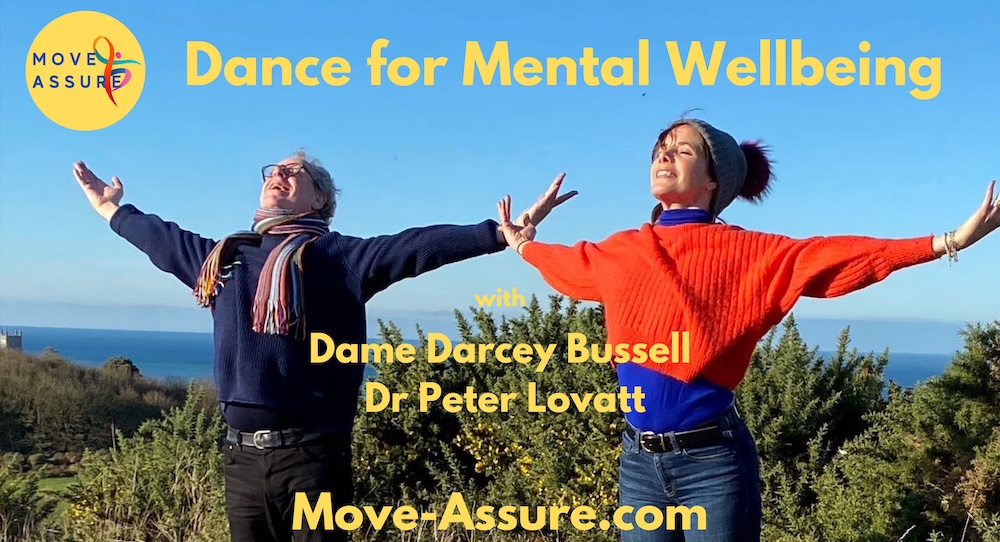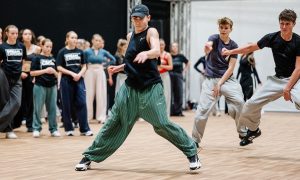Dame Darcey Bussell, retired ballerina and co-founder of the Move-Assure, has always understood the transformative power of dance for emotional and mental wellbeing. Teaming up with Dr. Peter Lovatt and Lindsey Lovatt, they have developed a groundbreaking initiative that helps people “get back their mental wellbeing through dance” and empowers dance teachers to better support the mental health of their students.
Dance and mental health
Countless studies have shown that dancing enhances self-esteem, reduces stress and lifts mood, touching both mind and body. Just this year, a study confirmed that dance is more effective at treating depression than SSRIs or any other form of exercise, including yoga, jogging and walking. According to Dr. Peter Lovatt, psychologist, movement scientist and Move-Assure co-founder, just 10 minutes of dancing can trigger the release of endorphins, those “feel-good” hormones that promote happiness and reduce anxiety.
This rings true for Bussell. “Dancing awakens my every sense. When I keep my body strong and mobile, I feel alive and happy, it is that simple.”
But while its benefits have long been acknowledged, the team behind Move-Assure felt there was more work to be done in connecting it to mental wellbeing. “It’s funny, isn’t it,” says Bussell. “Dance is such a simple effective tool, which is inexpensive (or completely free if you dance in the kitchen to the radio!) and can be done anywhere. Often the best methods, the oldest methods of happiness, can be overlooked.”

Beyond the endorphins, dance also fosters social connections and builds communities – two essential ingredients for mental wellbeing. Dr. Peter Lovatt and Lindsey Lovatt, who teaches the coaching programme, emphasise that movement stimulates four key aspects of human functioning: social, thinking, emotional and physical. These principles form the backbone of the Move-Assure programme’s STEP Approach, which integrates movement with mental health strategies.
Mental wellbeing and the role of dance teachers
For Bussell, there is no question that “dance teachers are the deliverers of better mental health for their students.” For nearly five decades, she has witnessed dance teachers create environments “filled with empathy, inclusivity and passion.” However, addressing mental wellbeing directly can be challenging. Bussell says that as we learn more about mental wellbeing as a society, it is important for dance teachers to “gain insight and understanding about mental health and how to incorporate best practice.” Move-Assure Coach Training is working to close that gap. By providing a framework grounded in scientific theory and practice, it equips teachers with the tools to navigate mental health discussions confidently and sensitively.
What can dance teachers expect?
Lindsey, who runs the coaching sessions, explains that, fundamentally, the training programme can teach dance teachers “how to bring the language of mental wellbeing into their classes.”
“We aren’t training people to become therapists,” she emphasises, “but we are providing them with a framework that supports their roles as teachers.”
Once they’ve completed the training and qualified, they can run their own Move-Assure groups or simply integrate the principles into their existing classes.
“We explore red flag situations, when a student might need professional mental wellbeing intervention, whose responsibility it is,” Lindsey adds. “We have debates, which help teachers navigate these moments with clarity and confidence.”
Enhancing dance teachers’ mental health
The programme doesn’t just empower dance teachers with the language to discuss mental wellbeing; the course also provides tools and strategies to enhance their own mental health and resilience.

Teaching involves so much more than instruction and technique, it’s about mentoring, guiding and caring. It’s a profession that demands immense time, energy and emotional investment – and that can take its toll.
This aspect of the programme has been particularly revealing for Lindsey. “It surprised me. Lots of dance teachers are quite isolated. We get a lot of feedback from dance teachers highlighting how helpful it has been to come together as a group and bring up issues in a safe space.”
For the Move-Assure team, the relationship between dance and mental health is both powerful and undeniable. “I have often said that if dancing was in a pill form, it would be a pharmaceutical blockbuster,” says Bussell.
With hopes for the Move-Assure Dance for Wellbeing to one day be rolled out on the NHS, perhaps we are inching closer to a future where dance is a cornerstone of mental health care.
The next cohort of Mental Wellbeing Coach Training kicks off in January. For more information about the programme, visit https://move-assure.com/mental-wellbeing-coach-training.
By Allie D’Almo of Dance Informa.














